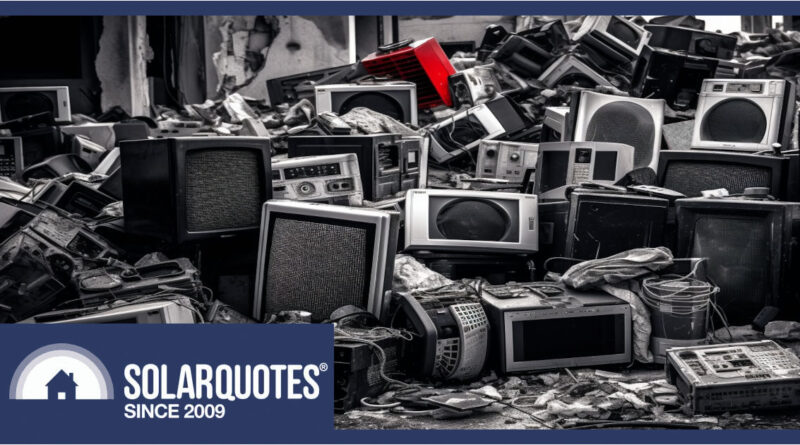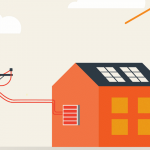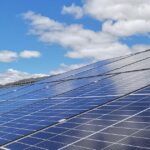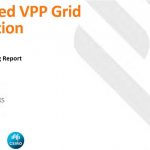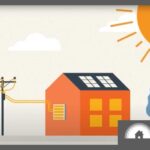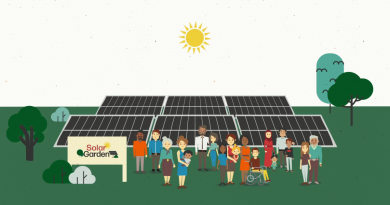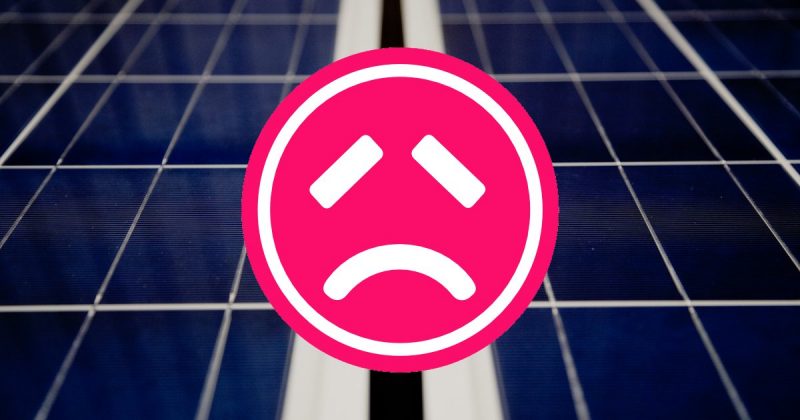Flexible Exports Rules: A Bright Future With A Shade Of E-Waste
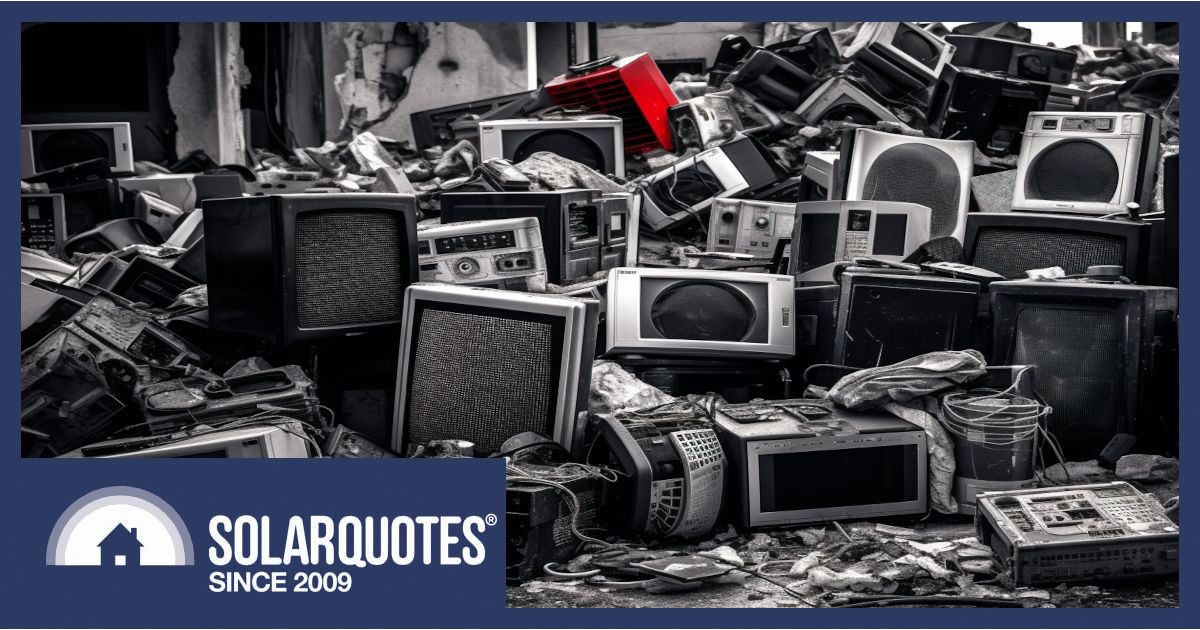
The recently enacted Flexible Exports rules for new solar power systems in South Australia set a global example for grids with lots of rooftop solar. However, there’s an unexpected fallout for rooftop solar owners. And although this is currently only a problem in SA, the rest of Australia needs to learn from our mistakes to prevent a mountain of e-waste as Flexible Exports likely become mandatory nationwide in the coming years.
Thousands Of Good Inverters Are Going In The Bin
Want to upgrade your existing solar power system in South Australia? Brace yourself for a hurdle. The new Dynamic/Flexible export rules necessitate a fresh connection agreement with the local electricity network operator: SA Power Networks (SAPN). Few existing solar inverters will comply with the new regime, and because the new rules don’t grandfather existing equipment, everything on site will need to be new. Your perfectly good solar inverter, and maybe the entire system, will be rendered obsolete.
Just to be clear: if you don’t upgrade your solar energy system, no one will force you to modify it to the new rules. But if you upgrade – the whole shebang needs to comply.
Old, Small Solar Won’t Be Missed So Much
Early solar adopters often opted for smaller systems because they were horrendously expensive. Even with an $8000 federal grant, a 1kW system still set you back $4000. While these systems may have reached the end of their lives and aren’t considered a significant loss, their impact has been profound. They’ve helped establish a new workforce in the renewable energy sector and normalised the use of solar power.
But Recent, Big Solar Power Systems Should Not Be Euthanised
It’s the medium-term and recent solar adopters who are set to feel the squeeze. These folks invested twice as much for a system five times the size. Returns have been good, albeit more moderate, thanks to less generous feed-in tariffs. Many of these owners have well-functioning systems, many still under warranty. Understandably, when considering expanding their solar, they might be less than thrilled to discover that their equipment may soon be classified as e-waste or sold for peanuts on the second-hand market.
I installed a lot of SMA inverters with 5 or 6kW systems and people have often rung up looking for another. “I want one of those red boxes! We need double the system size” These people will be horrified to have to dispose of a faithful servant.
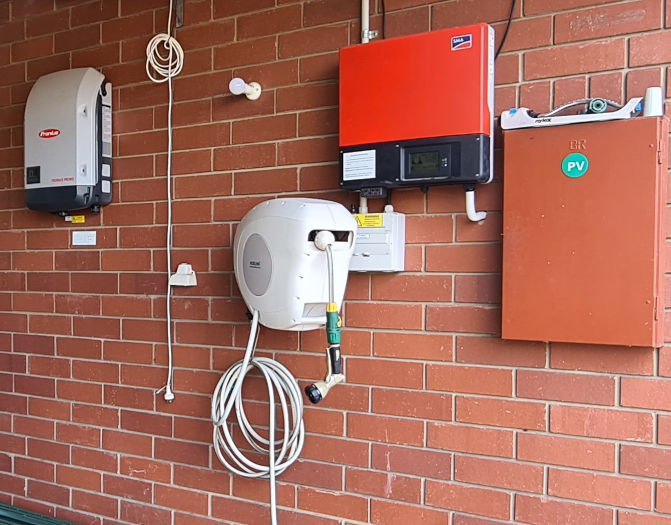
Augmented by a later Fronius, this venerable red SMA TL5000 is still going, but its days are numbered as more solar is slated for this property.
Why Would They Do This?
Essentially the network, SAPN, sees the Flexible Export rules as an opportunity to get everyone up to speed and get the vast number of solar generators under control. One way to do this is to enforce the new rules on upgraded systems as well as whole new systems. We must understand that they want this rooftop solar resource, which has grown like a weed, brought into a system they can manage without slashing and burning the garden.
From SAPN’s standpoint, managing a volatile network is no small task. The primary goal of the new rules is to exert tighter control over solar generation because keeping the network stable when there’s a large uncontrolled generator pumping power in from the bottom end is as tricky as it is essential. So far, they’ve managed admirably, even if some rules had to be temporarily broken along the way.
The new Flexible Export system allows local electricity network operators to dial down solar generation when demand is low, avoiding the brute force remote shutdown approach of Smarter Homes in SA or the emergency backstop in Queensland.
One silver lining with these rules for upgraded systems is that old solar can be problematic.
The Problems That Come With Ageing Rooftop Solar
Although a well-functioning solar array may serve its purpose, ageing solar arrays can be a Pandora’s box. Corroded racking hardware, faulty plugs between modules, unseen hotspots & backsheet cracks can create problems that can’t be ignored once identified.
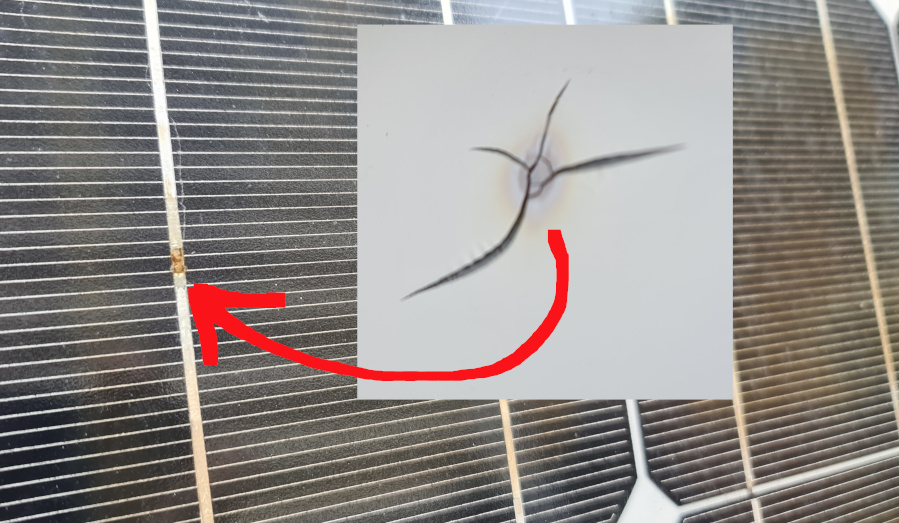
Damage isn’t often easy to see from the sunny side
Earth Leakage
Earth leakage can be a problem in any solar power system. Moisture gets into places it shouldn’t, and electricity can take the same path out, which means potential electric shock hazards, and in properly monitored systems, actionable alarms & email notifications. Sometimes old solar will trip a new inverter.
What’s more problematic is that if you install a new inverter with old panels, your warranty may be at risk. It might sound like a rort, but the reasoning is sound.
I have been scared witless when a brand new inverter has gone bang like a shotgun. Freshly commissioned and just minutes into its life, a significant earth fault has literally blown up the unit and tripped the main breaker for the house. Unfortunately insulation testing proved inconclusive until after it had consumed a second inverter.
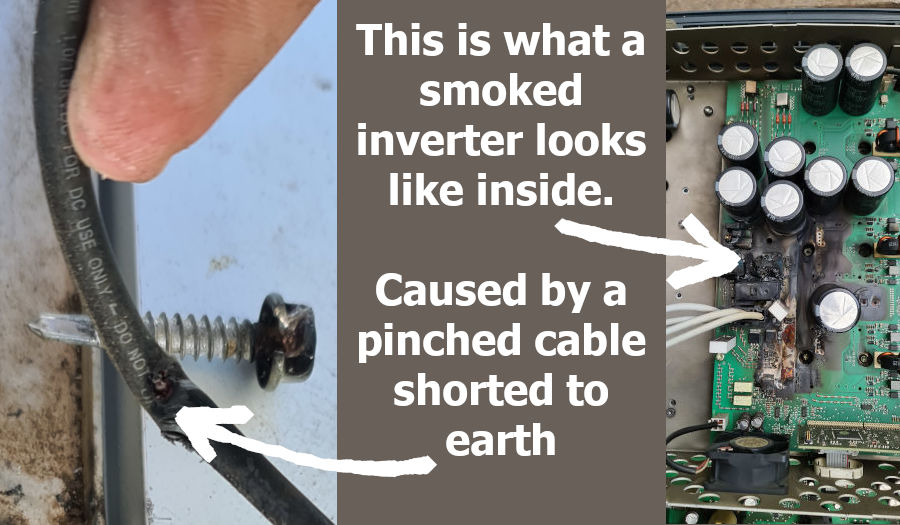
Errant screws are always a risk.
If You Want To Upgrade Your Solar In SA, Here Are Your Options:
There are a few ways to upgrade your solar energy system in SA, depending on your desired outcome, urgency, budget and roof space:
- Do nothing. Wait until your existing inverter dies, and get some quotes when it does. This potentially leaves you staring down many years of unpleasant electricity bills before you can upsize your solar.
- Keep your existing solar and bolt on an AC-coupled battery. If you don’t have enough solar on the roof to charge the battery through the year – look into SA’s solar sponge tariff, where retailers such as ioenergy offer daytime electricity for 8c per kWh. Be careful to avoid the evening peak of 75c per kWh, though.
- Replace everything. Cover the roof with solar, take advantage of the new wiring standards and eliminate the potential fire hazard from rooftop isolators. Make it all complaint and have it all under a new warranty. The bonus being that instead of the old 5kW hard limit, exports will, for most of the time, run at 10 kW per phase.
- Install additional new solar on the roof and use the legacy array on your second (or third) input channel. If you add a battery at the same time, it will allow even more capacity. So in a typical single-phase install, replace your 5kW inverter with a 10kW unit, and with the right gear, you may get a whacking 20kW of solar power on the roof. This will require panels less than ten years old1 a clued-up solar installer, bespoke design and – as mentioned above, some installers may not entertain reusing an old array.
The Trade-Off Between Solar Progress and E-Waste
Rooftop solar in South Australia is over 1.1kW per South Aussie, blasting past the national average of 732 watts per Aussie. Approximately 42.4% of dwellings in South Australia have systems installed, and SA’s love affair with solar power shows no signs of slowing.
We need these new solar rules to cope, but they bring a headache for old system owners who may end up junking still-good equipment. As this unfolds, it’s a wake-up call for the rest of Australia – we’ve got to balance our solar future, grid-management, and avoid perfectly good solar panels and inverters needlessly going to waste.
Footnotes
- they need to be fire-rated ↩
Original Source: https://www.solarquotes.com.au/blog/flexible-exports-e-waste/

